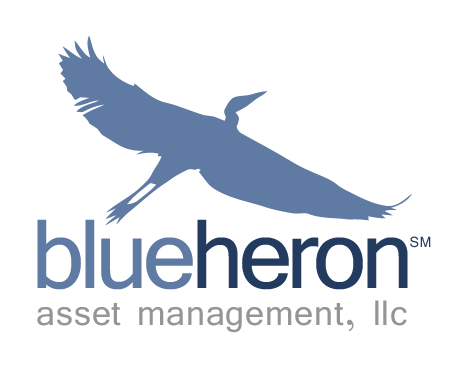35 Fast Growing Cities With the Most Job Opportunities
People are flocking to these booming cities.
If you're looking for an up-and-coming city with a growing business scene, you won't find popular destinations like New York City or Los Angeles on any list.
Rather, Texas and parts of the Mountain region are taking over and considered the "biggest boomtowns" in America.
That's according to MagnifyMoney, which looked at the 100 largest metropolitan areas around the US and their change from 2011-2016 to determine which cities have the biggest influx of people, most work opportunities, and biggest business growth based on US Census data.
To calculate the ranking, every metro was scored on a scale of 100 in three categories:
People and housing: How many people are flocking to the area and is the metro keeping up, considering total population and housing units.
Workforce and employment opportunities: Unemployment rates, civilian labor force, and median earnings.
Growing industry: Rate of business and industry growth, including number of establishments and paid employees per paid period.
Each category was scored relative to other metros and looking at positive and negative changes in the area. The biggest positive change scores a 100, except unemployment rate, which was reversed in respect to the scale.
Below are the top 35 metros that showed the most people, business, and opportunity growth over a five-year period.
Source: Inc.com
Full List HERE


